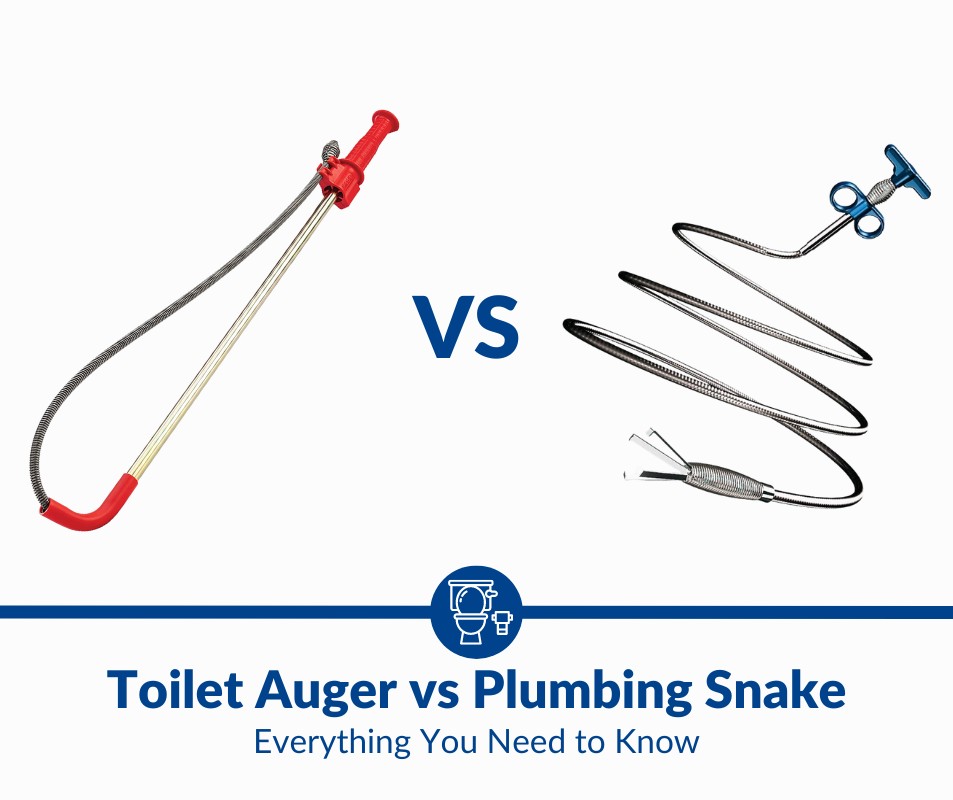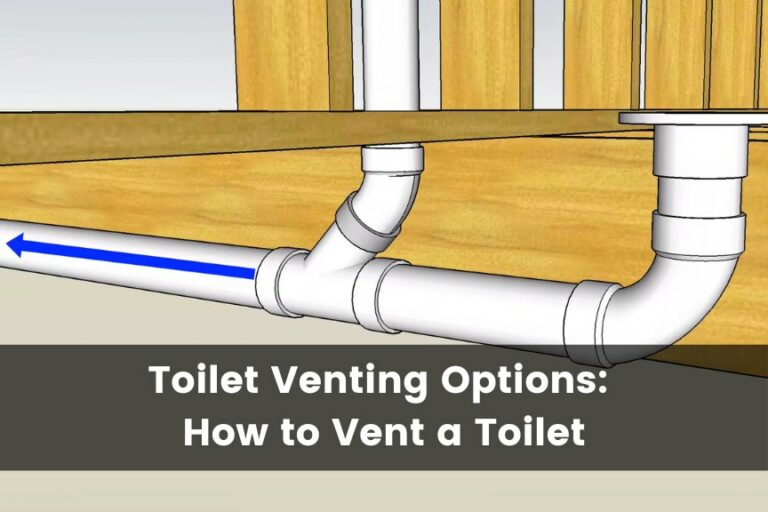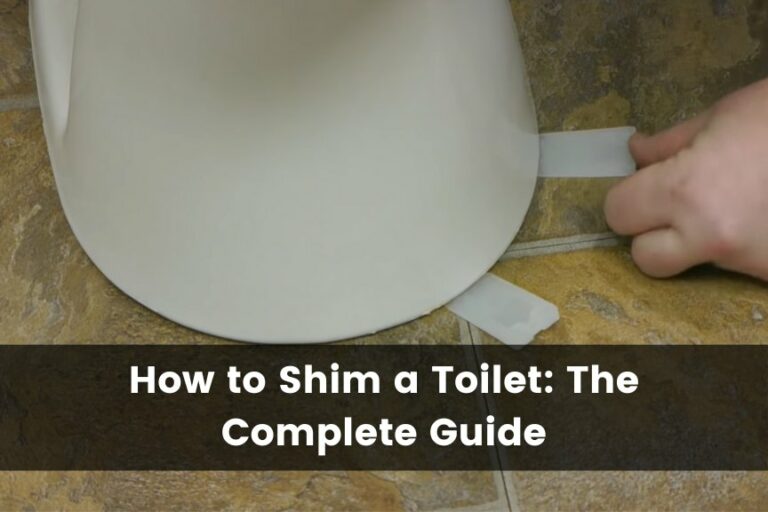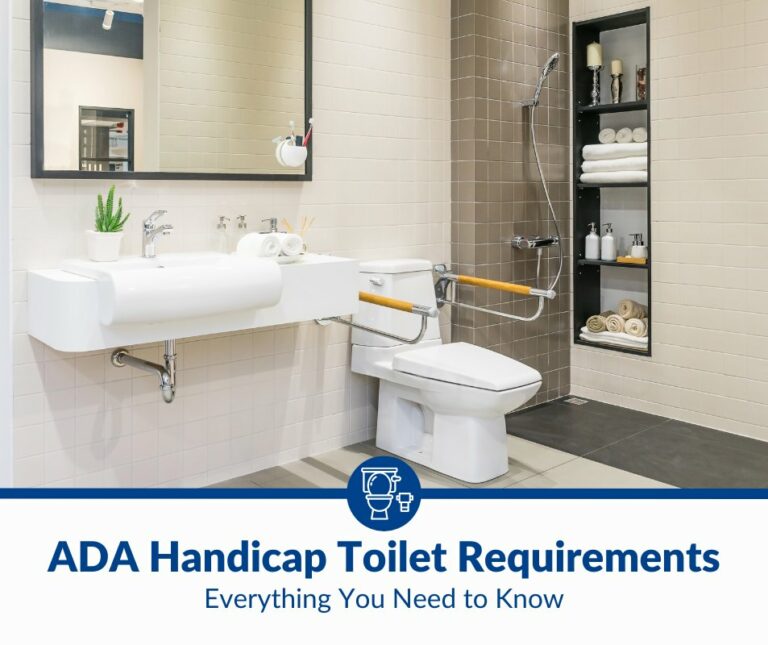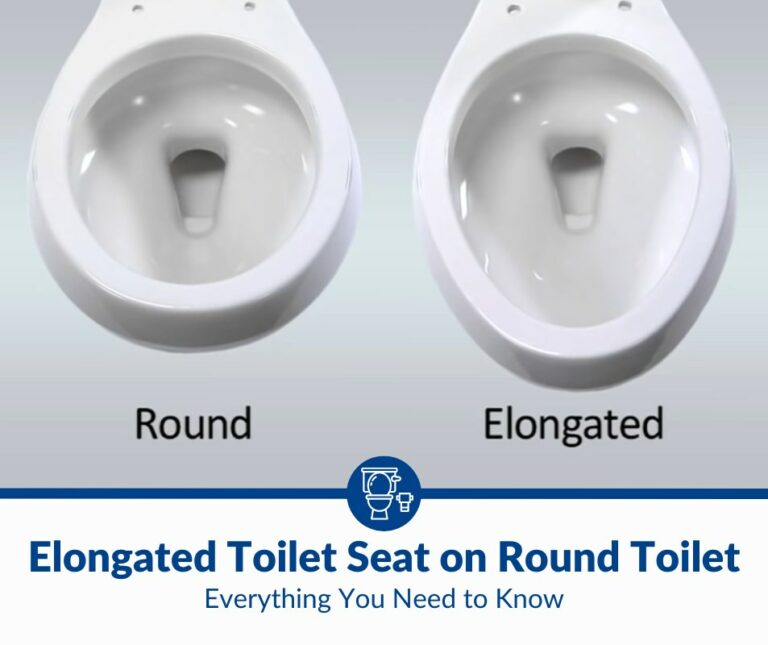Toilet Auger vs Snake: When and How To Use Them
If you’ve ever had to deal with clogged pipes in your bathroom, you know how essential having the right tool on hand can be. Luckily, toilet augers and snakes do an excellent job at removing any blockages that might render your toilets and drains unusable, which is why you’ll want to make them both part of your toolbox. While both serve the same general purpose, augers and snakes differ from one another.
Toilet augers and snakes are commonly used to clear blockages in toilets and drains. However, augers usually push blockages down while snakes pull them out. In addition, augers are better suited for larger pipes, while snakes are best for smaller drains (up to 2” or 5 cm in diameter).
In this article, I’ll take you everything you need to know about toilet augers and snakes, including when and how to use them best. The information outlined below will help you better differentiate between the two tools and use them efficiently as needed.
What Is a Toilet Auger?
A toilet auger is a tool used to unclog a toilet. Its purpose is straightforward; you use it to enter a clogged drain or pipe and push through any blockages hindering its normal function. Since you don’t need to follow a specific movement pattern to successfully push the blockage down, I’d say this tool is one of the easiest you can use, as it doesn’t require any special skills or knowledge.
That means you can perform simple DIY repairs in your bathroom without having to enlist the help of a professional plumber, which can be expensive. However, you’ll still want to be careful as you use this or any similar tools, as your plumbing connections are as delicate as they are pricey.
Luckily, the design of a toilet auger doesn’t leave too much room for error. The tool is created with a handle, a tube, a bowl guard, a snake, and an auger head to allow for both strength and flexibility.
A toilet auger comes with a wide array of advantages, even over its snake counterpart, since it’s specifically designed for toilets (as the name suggests) and is able to reach blockages even in hard-to-reach areas. Many of them even come with a closed coil head, which is used to push blockages down instead of pulling them out, which is what you’d do with a traditional snake.
This means that you won’t have to strategically grab or hook – all you have to do is push down – seems simple enough, right?
Moreover, since in this article, I’m comparing the auger to the snake, a tool that serves a similar purpose, I also wanted to take the time to differentiate between it and your run-of-the-mill plunger.
Plungers, unlike augers, are designed to unclog blockages through their powerful suction. Overall, they’re less effective than their counterparts since they don’t make any physical contact with the blockage itself. This means that you’ll want to deal with the issue using a plunger first, and if that doesn’t work, try with a snake or auger.
Due to their intended purpose, toilet augers are usually made of rust and corrosion-resistant metal, which is a must considering that they’ll frequently be in contact with water. Plungers, on the other hand, are mainly made of plastic and rubber.
However, just because an auger is made of metal, that doesn’t necessarily mean that it’s effective or long-lasting. That’s why it’s best to avoid dirt-chip options and buy from reputable sellers with thousands of positive reviews and testimonies. After all, you don’t want to go around shopping for a new auger every couple of months.
Moreover, choosing a qualitative brand is a worthwhile investment for most since it’ll allow you to get the job done yourself and not have to call a plumber, which just isn’t a financially smart choice in the long run.
What Is a Snake?
A snake (also known as a drain snake or plumbing snake) is one of the most precise tools you can use to unclog a drain or pipe. As you can see, its purpose is very similar to that of an auger, but a snake is usually better suited to a different set of jobs.
For starters, snakes are designed with a coil tip on one of their extremities, allowing you to pull the blockage up rather than push it down. Though these tools can vary in size and shape, they’re usually better suited to narrower, longer drains and pipes.
This quality gives them an advantage over augers, as they can reach clogs even in the most difficult spaces where the latter can’t even enter. Moreover, while augers are more specialized for toilet use, snakes boast a wider array of uses.
However, these types of tools work best when there’s not too much buildup clogging the pipe; otherwise, they might get stuck. By now, you probably see a pattern – augers work best for heavier clogs in wider drains and pipes, while snakes are better suited for smaller blockages in narrower cavities.
Though the two can be used interchangeably from time to time, it’s still best to analyze your issue and determine which tool would have the best chance of solving it. I also want to note that the coil head makes snakes unsuitable to use with certain materials.
For example, if you’re simply unclogging a metal pipe, there’s no need to worry. However, if you’re dealing with the porcelain components of a toilet, the snake might not be the best way to go, as it can end up scratching it and causing further damage.
Lately, electric snakes have been making their way into the market, and while they’re usually a bit easier to use than their traditional counterparts (featuring a motor instead of the usual crank), they’re not that much more effective. So, if you’re willing to spend a bit more for the added convenience, they’re with the price; otherwise, don’t bother.
When To Use a Toilet Auger vs Snake
As mentioned, determining which tool you should use for the task at hand can make a world of difference when it comes to your chances of success. That’s why, in this section, I’ll be discussing some of the scenarios when an auger works better than a snake and vice versa.
However, in order for you to determine which situation best applies to you, you’ll need to correctly identify the cause and position of the blockage; otherwise, you’ll be going in blind. Unclogging a drain or pipe isn’t as easy as poking around until you feel something slide off. You need to know what you’re doing and where you’re going; otherwise, you might even make the issue worse.
You’ll first want to determine where the clog is located. To do so, you can simply use your tool of choice and gently slide it into the blocked drain or pipe until you feel resistance. If that doesn’t help, I suggest heading over to this article to learn more about the basics of locating a blockage.
Now that you know where the problem is situated, you’ll also have a better idea of how prominent the issue is. For example, based on the diameter of the pipe on that specific point, you can guess the blockage’s diameter. By feeling how hard the pushback from the clog is, you can guess the density of the buildup and how much force it may require in order to move.
As you can see, carrying out a troubleshooting process before diving into work can be essential, as your findings can help you a lot along the way. For example, you now have a better idea of which tool would be better suited for the job.
If the blockage is fairly small, located in a hard-to-reach spot, and very far down the drain or pipe, you’ll want to try with a snake first. Since this tool is usually longer (up to 50 feet or 15.24 meters) and more precise, it’ll have a better shot at solving this type of issue.
On the other hand, if the blockage seems denser and more stubborn, you’ll be better off using an auger instead. However, keep in mind that no matter which tool you use, you want to refrain from using excessive force. After all, you don’t want to scratch, cut, or otherwise damage the pipes you’re working on, possibly worsening the problem. As I’ll explain in the sections below, the technique is far more important than power when it comes to these types of jobs.
Another difference I want to point out between these two tools is the fact that while augers are specifically designed for toilets, snakes have a wider array of purposes. So, if you’re dealing with a washing machine, shower, bathtub, or sink, it’s usually better to opt for the latter.
On the other hand, toilet-related clogs are usually more stubborn, thus requiring an auger. Moreover, the coil head of snakes can, as mentioned, damage the porcelain components of toilets, which is why you want to be extra careful using them.
Now that you know when to use each of these tools, it’s time to learn a bit more about how you can safely do so. Below, I’ll take you through two step-by-step guides on how you can use a toilet auger and snake to unclog the drains and pipes in your home.
How To Use a Toilet Auger
Before I dive into the steps on how to properly use a toilet auger, I want to note that exercising caution and taking the necessary safety measures is of the essence, as you’ll be dealing with entire colonies of potentially harmful bacteria.
That’s why you’ll want to wear gloves throughout the entire process and thoroughly disinfect the auger after each use so that you don’t help the spread of bacteria while you store the tool away. Moreover, though not absolutely necessary, it’s still a good idea to wear long-sleeved clothing and some form of eye protection to keep your skin from coming in contact with the toilet water. If you have long hair, make sure to tie it away from your face.
Now that you’re secure and ready to go, it’s time to get started. Here’s what you should do:
- Place the auger’s hook into the blocked pipe or drain. When you do so, make sure to be careful so as not to scratch the surrounding material, especially if it’s porcelain. You’ll also want to make sure that you put the auger in the right way around, with the hook going in first and the handle in your hand.
- Crank the auger to help it move down. Augers usually come with a manual crank you can use to push the equipment down the pipe or drain, allowing it to reach the blockage. Once you feel some resistance, you know you’re at the right spot.
- Move the auger around until the blockage is dislodged. Start pushing and (lightly) pulling the auger in a back-and-forth motion to help dislodge the buildup. This is also the time when you can rotate the tool to progress even faster. Once the auger starts moving freely again, you can assume that the blockage has been dislodged.
- Remove the auger and remove any remaining debris with a plunger. Now it’s time to retract the auger all the way up and use the plunger a couple of times to make sure the blockage is fully gone. Afterward, flush the toilet a couple of times for good measure, and the problem should be fully fixed.
- Either repeat the process or clean and store the auger. After test-flushing the toilet, either repeat the process again (if the problem persists) or disinfect the auger accordingly and store it away. If you can’t seem to fix the issue even after your second or third try, however, it might be time to enlist the help of a professional.
How To Use a Snake
If you’re interested in learning how to use a snake, you can find a detailed, step-by-step guide below. However, once again, I want to take a bit enough to stress how important it is to take the necessary safety precautions before working with this type of tool. The safety measures are the same as the ones outlined above; they include wearing gloves, long-sleeved clothing, and goggles and sanitizing the equipment afterward.
With that out of the way, let’s dive into how to use a snake:
- Remove any visible obstructions. These include any plugs that limit your access to the drain or pipe or any visible buildup you can easily remove.
- Start pushing the snake into the drain. It’s time to lower the cable down the drain until you feel the blockage. Depending on what type of snake you’re working with, you’ll either have to move a crank yourself or leave its engine to do the job for you.
- Move the screw-shaped hook around. Start twisting the snake to dislodge any buildup. Go all around the drain’s diameter to ensure you don’t leave any material behind.
- Pull out the snake. Be careful, as you want the material to entirely come out. If not, repeat the process until you feel confident you’ve fully cleared the drain. Flush it down several times for good measure, too.
If, after several tries, you still can’t get the water to flush freely, it might be time to enlist the help of a professional plumber.
Tips for Using a Toilet Auger or Snake
Now that you know how to efficiently use both an auger and a snake, it’s time to dive into some additional tips and tricks on how to make the process a bit easier.
- Always try to troubleshoot the problem you’re dealing with to determine which tool would be better suited for the job – using the wrong one could damage both the tool itself and the pipe or drain, all while accomplishing nothing.
- Though most snakes and augers are designed similarly, there are some variants that require a unique approach, so always follow the manufacturer’s instructions very closely.
- Always follow the necessary safety protocol – your health comes first, so make sure you stay protected as you work.
- Never apply excessive force, as you don’t want to cause further damage to your pipes and drains.
- If you can’t afford the tool you need or don’t see yourself using it more than once or twice, you can rent it from a local plumber rather than buy it; however, I’d only recommend this as a last resort.
- Attend to these tools from time to time by inspecting them for cracks, rust, or other types of damage that might negatively affect their performance and longevity.
Conclusion
Though toilet augers and snakes may seem pretty similar at first and even serve some of the same purposes, they’re still two distinct tools, each with its own place in your toolbox. Reading through the differences outlined above can help you learn when and how to use them, allowing you to successfully do simple repairs in your bathroom.
Whichever you end up using, though, make sure to take the necessary safety precautions to protect yourself. If you have any previous plumbing experience or additional tips that I failed to cover above, feel free to share them.

